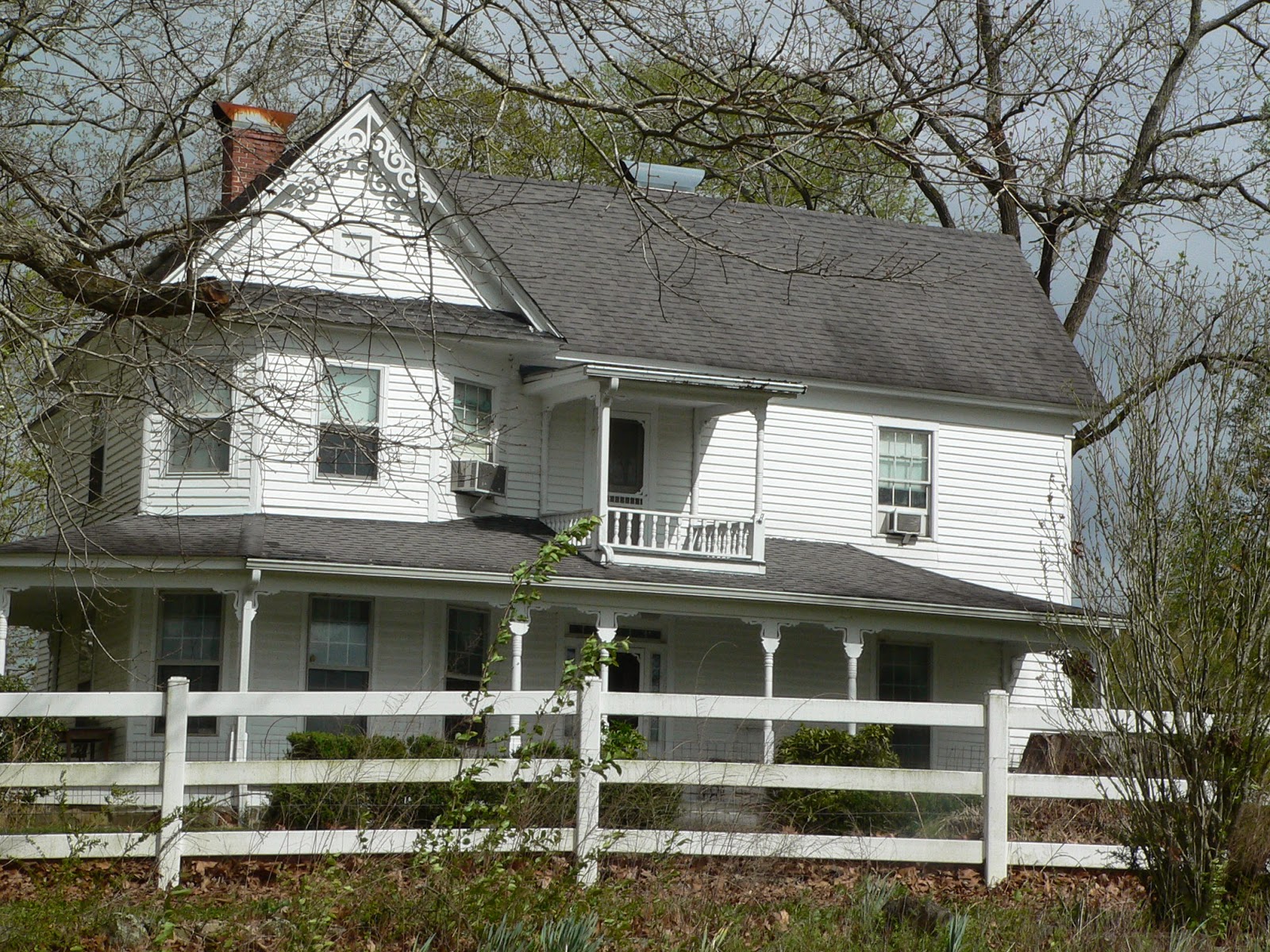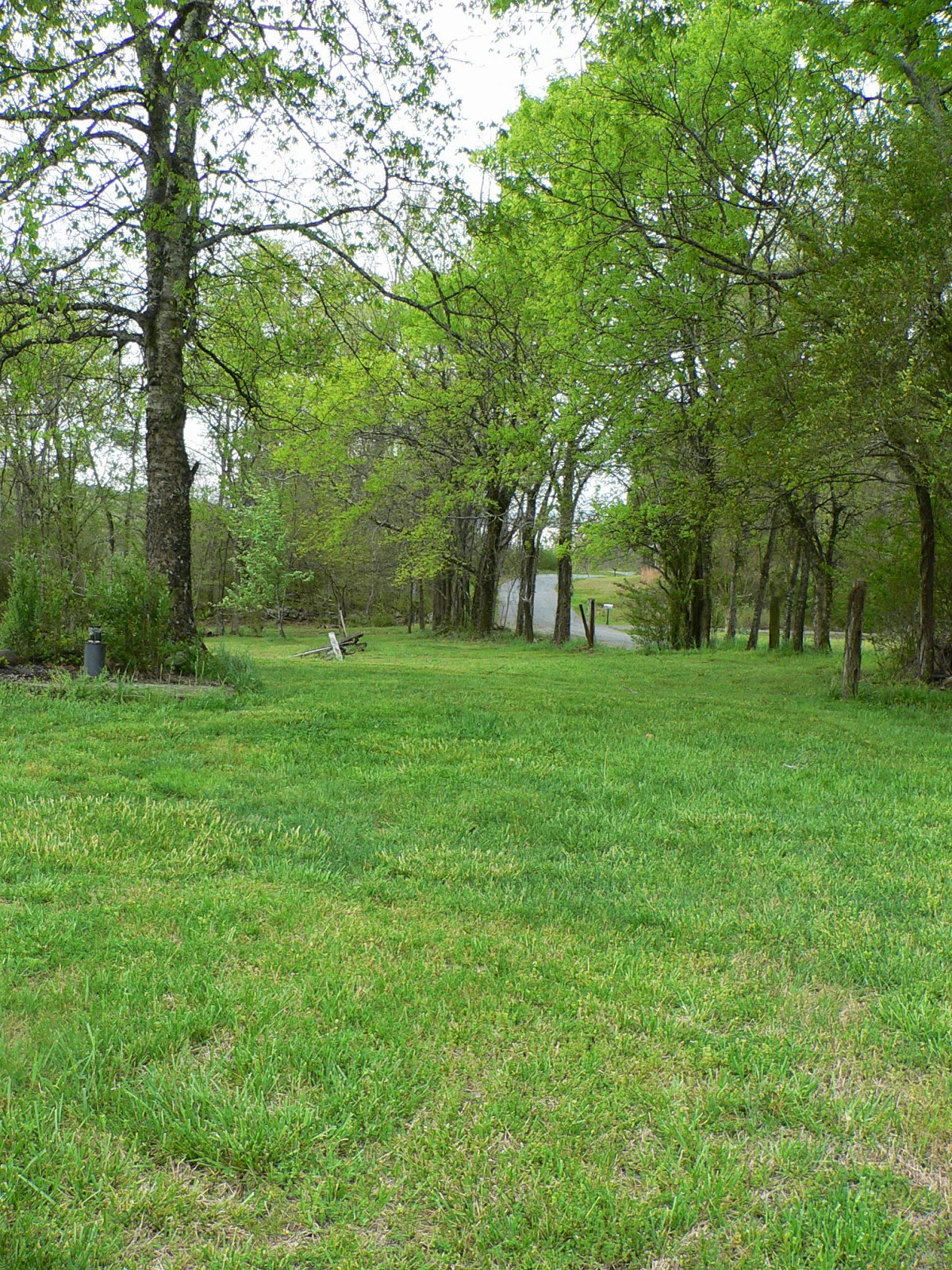Elizabeth Groesbeck (probably 1883)
I was asked the other day if any of my ancestors’ homes are represented in the This is the Place Heritage Park. I’ve decided I can answer that question with “yes.”
When I first visited the replica of the Deseret
Hospital that was rebuilt in the heritage park, I realized that though it was the Deseret
Hospital, my Groesbeck great great grandparents called that building home. Soon after their 1856 arrival in the Salt Lake Valley they moved into the three-story adobe
brick structure that then stood kitty-corner across the street from Pioneer Square
where West High School is now located.
Great great Grandfather Nicholas Groesbeck purchased that
building three weeks after his family arrived in the Valley on October 3, 1856.
There he unloaded the wagons of merchandise he carried with him from
Springfield, Illinois as a member of the John Banks Company. He established his
family in part of the building and housed a mercantile store in the other
part. Their time in that home was
short-lived because they had to pack everything up and move south the following
October when Johnston’s Army threatened the Valley.
There isn’t record that their family lived there again.
Nearly thirty years later in 1884 after it had been used as the University of
Deseret and Union Academy the Groesbecks’ financial success and generosity may
have helped open the new Deseret Hospital. When it was established on August 1, 1882
Eliza R. Snow was president of the Deseret Hospital Association with Zina D.
Young as Vice President. Elizabeth Groesbeck was listed as one of a ten member
finance committee. [1]

Presently the lovely air conditioned 2003 Deseret Hospital houses a model of the original with early medical memorabilia and an extensive quilt collection.
1. Our Pioneer Heritage Vol. 6, compiled by Kate B. Carter, 1963, Daughters of Utah Pioneers, “Pioneer Women Doctors, ‘The Deseret Hospital,’ ” Pgs 413-414.











































